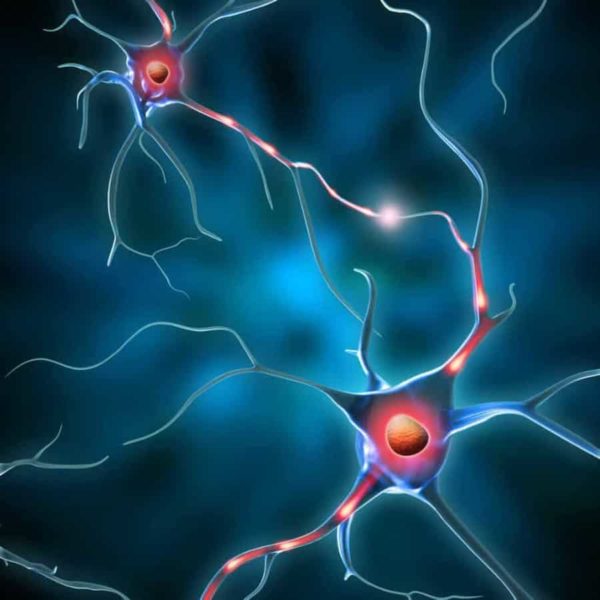University of Florida Health neuroscience researchers have published findings revealing new insights into the abnormal firing of neurons in the brain associated with dopamine release after intake of the drug methamphetamine. The findings appear in The Journal of Neuroscience.
The study identifies a novel mechanism for how methamphetamine adversely affects the firing pattern of dopamine neurons, providing new understanding of how to potentially treat methamphetamine addiction and its neurotoxic effects following long-term exposure to the drug. Dopamine is a chemical messenger released during pleasurable activities such as eating and sex.
In the article, “Methamphetamine Regulation of Firing Activity of Dopamine Neurons,” lead author Min Lin, M.D., Ph.D., and Danielle Sambo, a neuroscience graduate student, confirm a long-held hypothesis that methamphetamine extensively releases dopamine in the brain via a carrier called dopamine transporter in what is called a “reverse transport” of dopamine.
“When people abuse methamphetamine, the level of dopamine and the duration of this high level of dopamine is much, much longer than, for example, cocaine,” said Lin, an assistant professor in the department of neuroscience. “Cocaine-induced increase in dopamine is about 30 minutes to a maximum of 45 minutes. Methamphetamine is 10 hours.”
The research team sought to understand the way in which methamphetamine increases dopamine release from neurons about a thousand-fold above normal. In a mouse model, the study found a unique mechanism in which methamphetamine prompts a “reverse transport” of dopamine via the dopamine transporter from inside a neuron to the outside.
Using electrophysiology, high-resolution microscopy and biochemistry, the researchers showed that because long-term exposure to methamphetamine decreases firing activity of dopamine neurons, the “reverse transport” process is the central mechanism for methamphetamine stimulation of dopamine release in the brain, said co-author Habibeh Khoshbouei, Pharm.D., Ph.D., an associate professor of neuroscience at the Evelyn F. and William L. McKnight Brain Institute of the University of Florida.
“When you add methamphetamine, for the first one to two minutes, dopamine neurons fire much, much faster,” Khoshbouei said. “But the prolonged effect of methamphetamine actually decreases the firing activity of dopamine neurons. This is the first time this mechanism is understood.”
The new findings will help to guide development of novel therapeutic approaches, Khoshbouei said.
“Because methamphetamine is neurotoxic, people who have been exposed to methamphetamine for a long time show Parkinson’s-like symptoms,” she said. “If you can treat that, you potentially can alleviate the untoward long-term effects of methamphetamine.”
If our reporting has informed or inspired you, please consider making a donation. Every contribution, no matter the size, empowers us to continue delivering accurate, engaging, and trustworthy science and medical news. Independent journalism requires time, effort, and resources—your support ensures we can keep uncovering the stories that matter most to you.
Join us in making knowledge accessible and impactful. Thank you for standing with us!


What if an individual was prescribed methamphitamine salt combos(generic) form adderall. Used to assist in the residual treatment of aphasia due to TBI and pseudo Bulbar Effect syndrome as well as for its anti- depressant effects? I know many do not agree with this form of treatment the use of adderrall for depression.However, I have seen it work wonders. I have also seen SSRI’s added to the mix. What may be the long term effects on the individual ? The pseudo bulbar effect syndrome disappeared in approx. 6 ,mo to 8 mo. However, the aphasia remains as does the depression/motivation or lack there of, without the medication. However, there are a lot of variables that may be if not certainly are contributing to the depression.